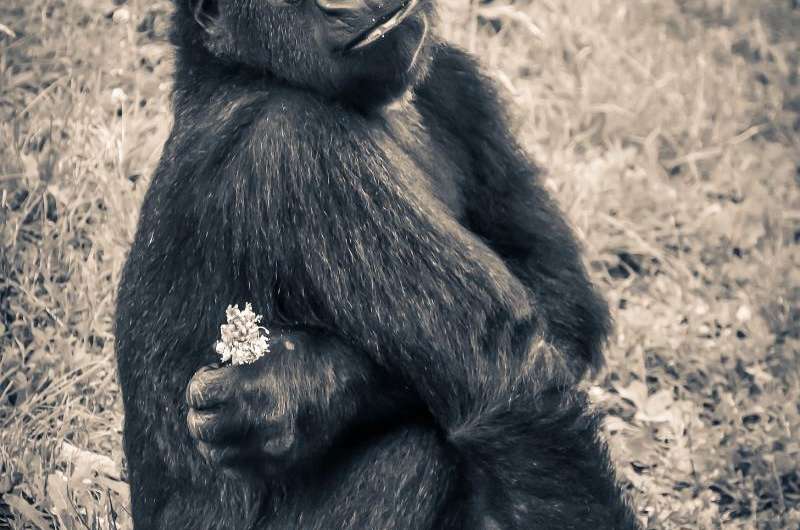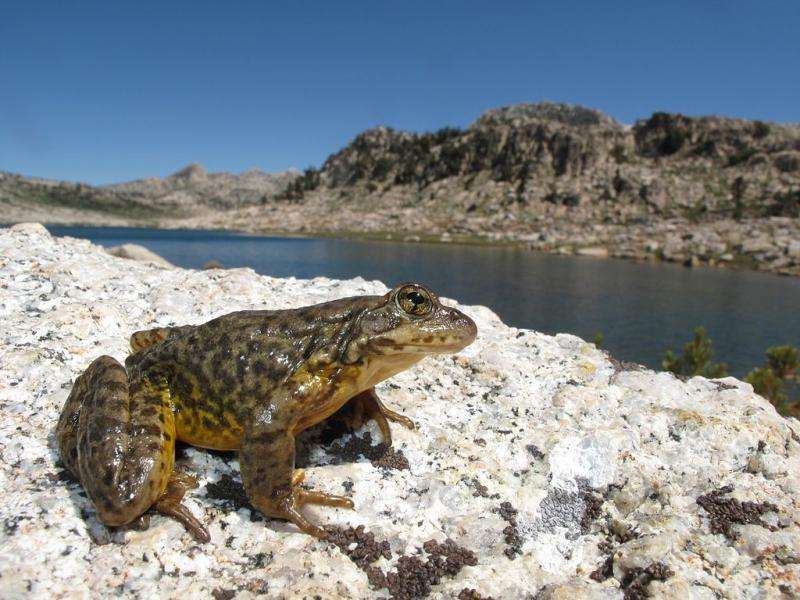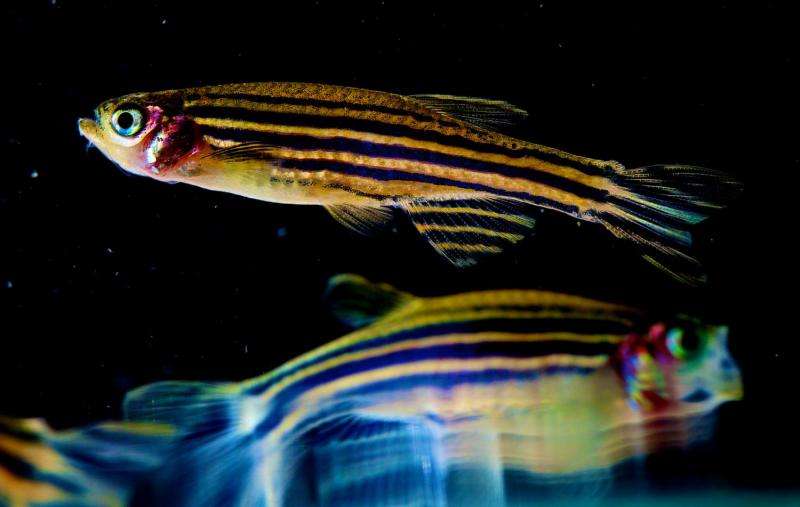What does your poop say about your evolution?

What does the bacteria in animal guts have to do with ecology? It turns out quite a bit more than you might expect. What does your poop say about your evolution? Is the microbiome the next big thing in ecology?
Ecologists by and large focus on the macro world, on multi-cellular organisms and their interactions. Sure, there are people out there studying the natural variation and taxonomy of bacteria and other unicellular organisms, but that isn't generally the part of the field that pops to mind. But more and more, the micro world is becoming a big deal in ecology, creating discussions of the importance of the microbiome as an ecology of it's own as well as the interaction between the microbiome and the more traditional macro-organisms that come to mind when we think of ecology.
The term microbiome can be confusing because it is used in several contexts. In it's most general sense the microbiome is "a characteristic microbial community occupying a reasonably well defined habitat which has distinct physio-chemical properties." as coined by Whipps, Lewis and Cook in 1988. This could refer to any group of microorganisms, in any environment…but usually when we talk about the microbiome we're talking about the habitat provided by the bodies of animals and plants, even ourselves.
Most of us hear the term microbiome in reference to our gut bacteria and there has been quite an explosion in research…and various probiotic treatments…around the ecological balance of the microbiome of our guts.
The organisms that inhabit our bodies, both internally and externally, have an ecology all their own. Populations are held in check by both biotic and abiotic factors just as we see in the macro world.
The unique biotic and abiotic controls of different organisms mean that their microbiomes are unique. It also turns out that microbiomes appear to evolve alongside the evolution happening in their host organism, as a new species evolves the balance of species in their microbiome changes too.

Research in PLOS Biology showed that the gut microbiome of the great apes could be used to create a phylogeny which closely mirrored the known genetic phylogeny of these species through their evolution and speciation. This made the news this month when another paper, this time published in Science, revealed that not only does the balance of the gut flora change…but that these species actually evolve in parallel with their hosts!
After creating a phylogenetic tree of the various clades of bacteria from the great apes and humans the team, led by Andrew Moeller, showed that these phylogenies showed branches at the same estimated time periods that established genetic data indicates that each species branched from it's ancestor.
This is a cool result but what does it mean for ecologists?
First, it means that the microbiome could potentially be used to determine the relationships between populations and species. This same technique could be used to corroborate the evolutionary relationships between other species. Further, in amphibians, unique microbiomes have been associated with life stage transitions, as well as habitat types…meaning that microbiotic data could be used to tease apart habitat use and age in some populations. Also, if enough spatial separation exists it's possible that populations of the same species could be differentiated by their microbiome, another potential tool in the toolkit of ecologists.
Beyond these phylogenetic approaches, we know from research on our own biome that shifts in the bacterial and fungal populations in our bodies can have health consequences. The same is true for animals, with implications both in the wild and in captivity. For example, researchers are sampling the gut and eye microbiome of koalas to determine if captivity could adversely affect their microbial health and subsequently their physical health. Luckily, it seems that koalas have perfectly happy guts in captivity and their eyes are no more prone to common infections.
The same cannot be said for frogs in the wild. The fungal pathogen Batrachochytrium dendrobatidis, known as Bd, causes the disease chytridiomycosis in frogs and other amphibians. The susceptibility of animals to this pathogen is related to the microbiome present on their skin, with certain beneficial species able to ward off infection. This has led to attempts in the lab and in the field to, essentially, give frogs a probiotic treatement on their skin in the hopes of warding off disease. This has met with mixed results, and resulted in evidence that the microbiome is hard to alter using an inoculant…but the future may include probiotic treatment of species to help them ward off infections that threaten their populations.

Taking a more theoretical approach to the microbiome there are many who are interested in applying and testing various theories of community ecology on different aspects of the microbiome. Fundamentally, community ecology is interested in the spatial and temporal changes in communities and the interactions that bring those about. In this case the environment being studied is defined by organs of the body, not geography, and the populations are bacterial or fungal.
One in study published just this Tuesday, July 26th, in PLOS One researchers found that the physical action of the gut in zebrafish has a strong effect on the species composition of the gut microbiome. The physical force exerted to move food through the intestines was critical to maintaining the correct balance of microorganisms, and lack of this force created potentially disease causing changes to the microbial community, with direct links to certain bowel diseases in humans.
To be more crude, the act of making poop keeps you healthy! How is that for an abiotic affect on a population?
This community ecology approach seems to fit with the way we understand the microbiome; with succession of microorganism populations as the "environment" ages, community assembly processes, meta-community dynamics between separate hosts and even within different "environments" on the same host. You could even describe perturbation of the microbiome in the terms of disturbance ecology (unhealthy changes to the guts caused by antibiotics for example) and restoration ecology (probiotics or fecal transplant to correct these imbalances).
Any way you look at it, the microbiome is both a growing and fascinating area of study and a research area with connections to many areas of ecology.
More information: Howard Ochman et al. Evolutionary Relationships of Wild Hominids Recapitulated by Gut Microbial Communities, PLoS Biology (2010). DOI: 10.1371/journal.pbio.1000546
Travis J Wiles et al. Host Gut Motility Promotes Competitive Exclusion within a Model Intestinal Microbiota, PLOS Biology (2016). DOI: 10.1371/journal.pbio.1002517
Journal information: PLoS Biology , Science , PLoS ONE
Provided by Public Library of Science
This story is republished courtesy of PLOS Blogs: blogs.plos.org.




















